What are the benefits of GHS?
The Globally Harmonised System of Classification and Labelling of Chemicals, or GHS, is a United Nations effort to internationally standardise chemical classification, labelling and safety data sheets (SDS) in the workplace. The implementation of GHS will bring a vast amount benefits for chemical manufacturers, importers and distributors.
What are there changes?
As part of the GHS, there are three key areas which will be impacted - hazard classification, labelling, and safety data sheets. The key changes for uses of chemicals will be Safety Data Sheets (SDS) replacing Materials Safety Data Sheets (MSDS), the presences of pictograms classifying hazardous chemicals and new warning information on labels
Safety Data Sheets
Previously named Material Safety Data Sheets (MSDS) are now referred to as Safety Data Sheets (SDS) and follow a specific 16-section standardised format. Similar to the Materials Safety Data Sheets the format and sections of the SDS remain very similar with the most prominent changes appearing in Sections 2 and 3.
Labels
Chemical manufacturers, importers and distributors will have to use labels incorporating a harmonized signal word, pictogram/s and hazard statement for each hazard class and category. Precautionary statements will also be required.
1. Product Identifier - Name on the products
2. Identify and Proportion - The ingredients and percentage of ingredients in the product
3. Signal Word - One of two words indicating the seriousness of the hazard. Warning is used to describe less sever hazards while Danger means severe hazards
4. Hazard Statement - A hazard statement is a brief message describing the nature of the hazard, such as ' Causes serious eye irritation'
5. Pictogram - Universal symbols intended to quickly convey special information about the hazards of the chemicals
6. Precautionary Statements - This section outlines how to respond in case of exposure and how to store chemicals safely and properly
7. Contact Details - Contact details of the Australian manufacturer or importer













